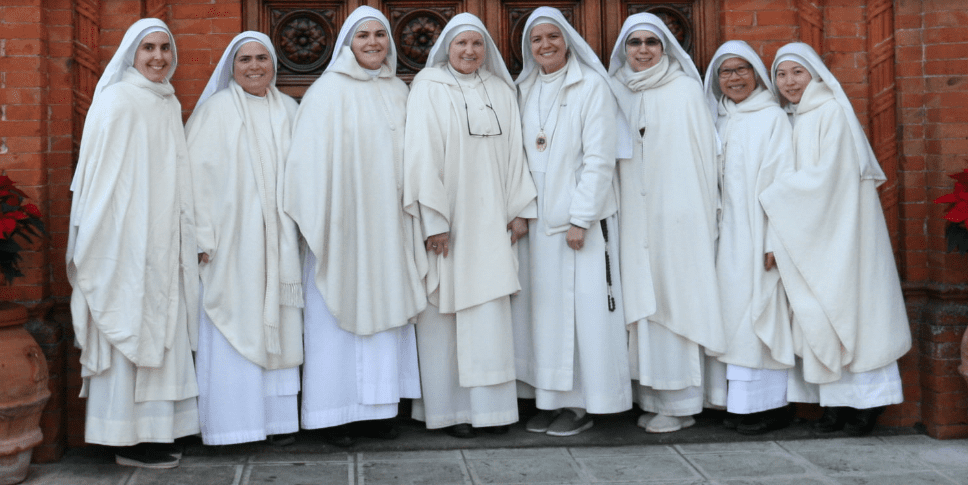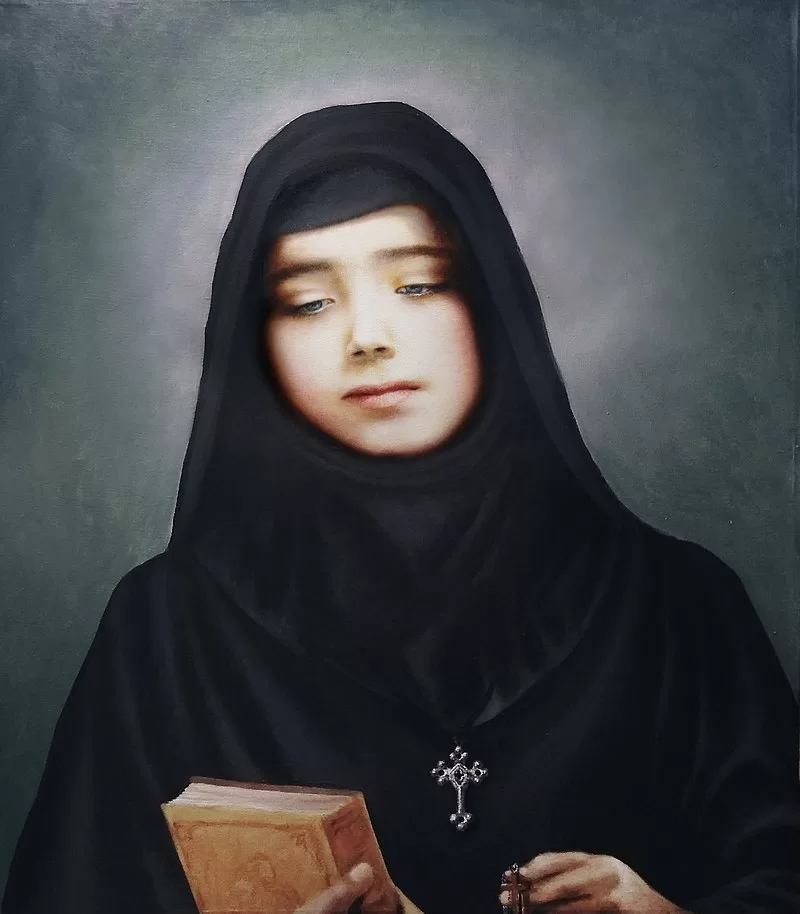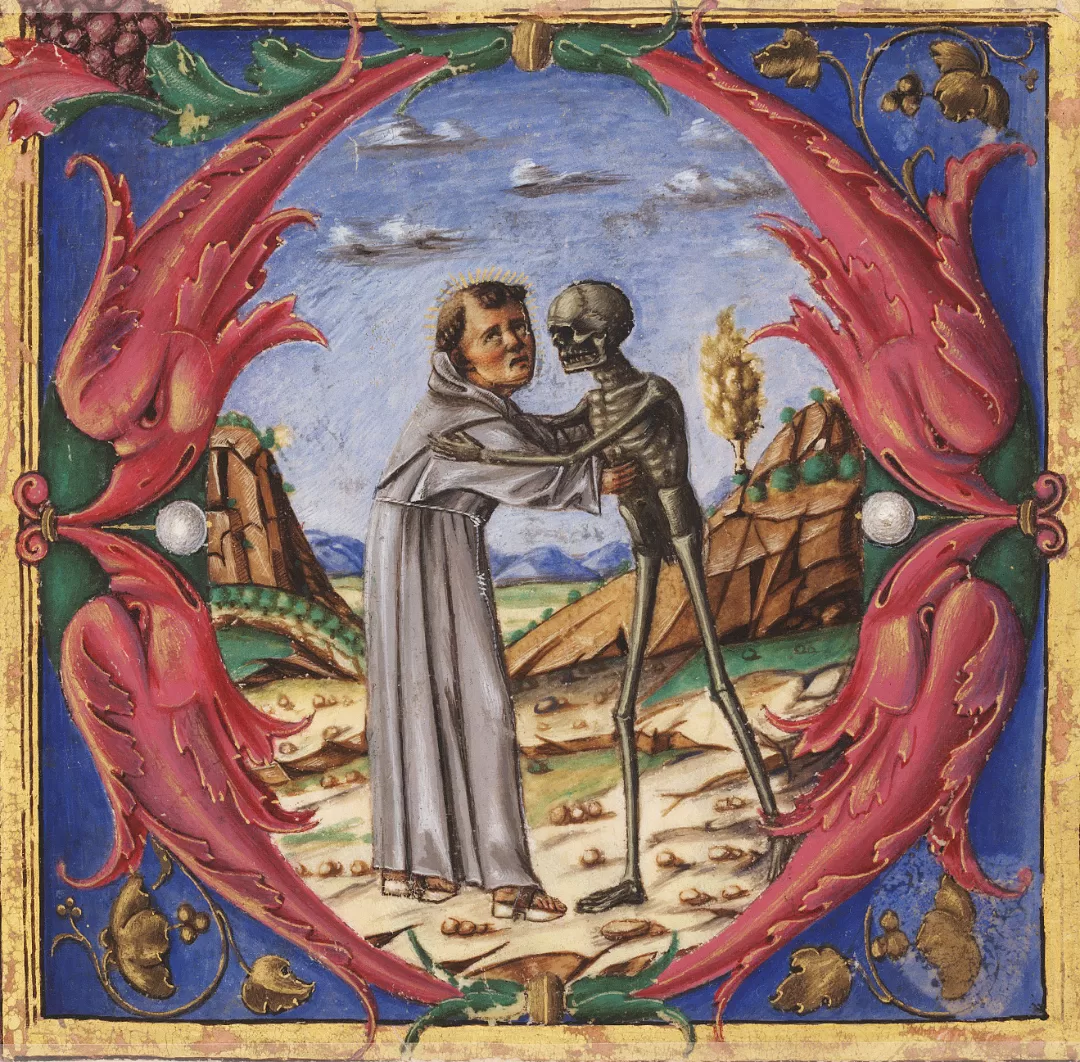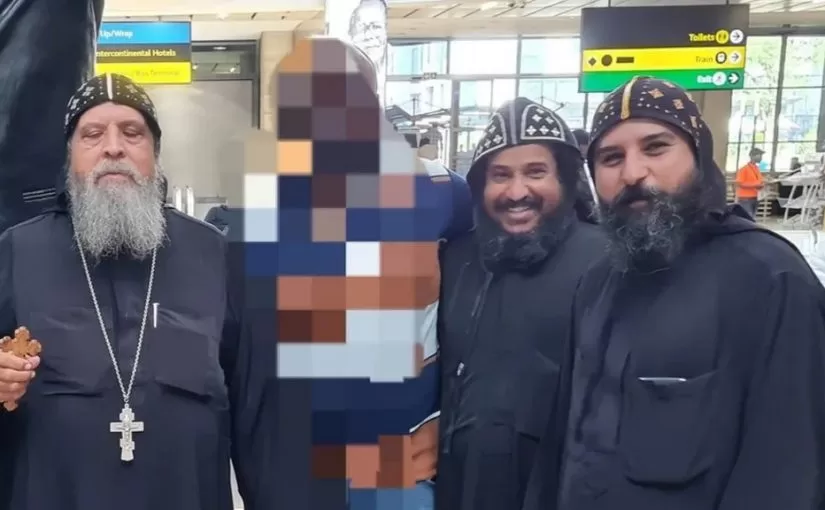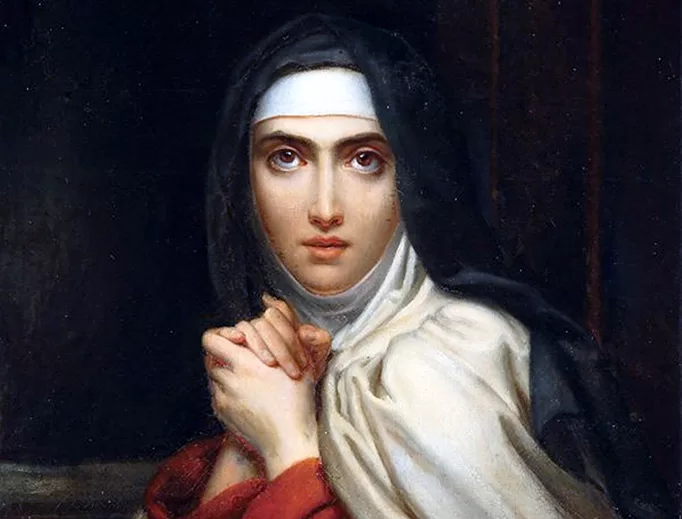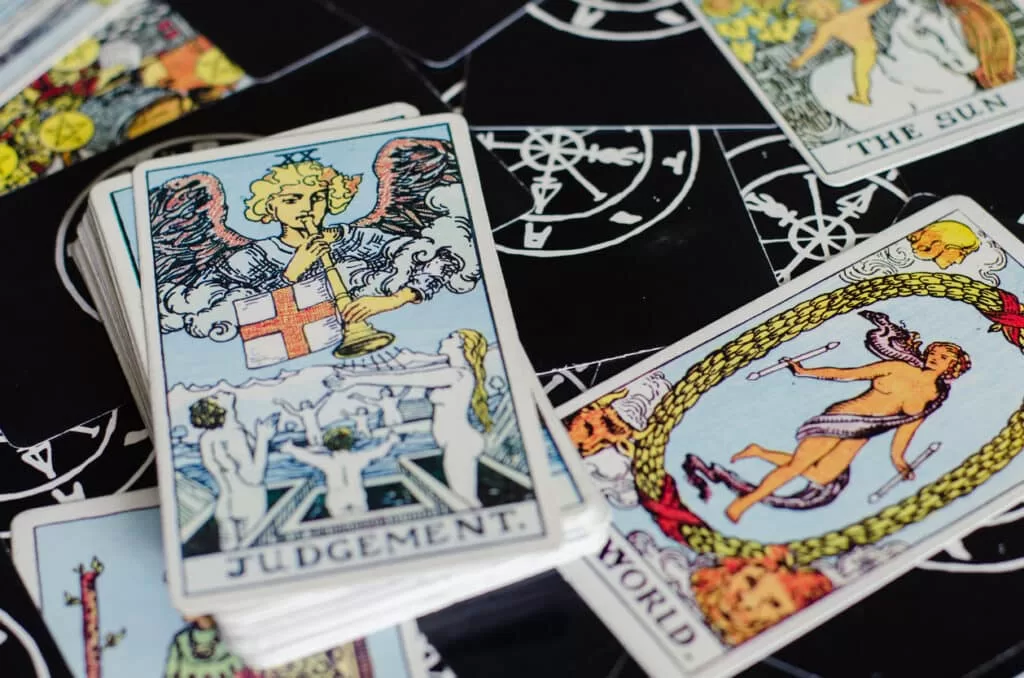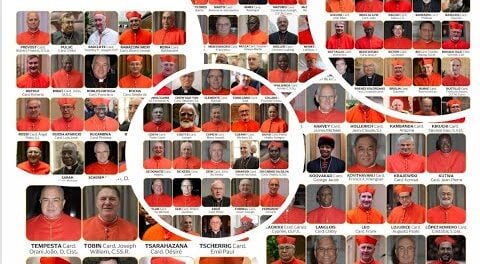
Tag: CatholicSeers
-

“I Was in Hell: My Illumination of Conscience!” Testimony of Fabienne Guerrero
Read More: “I Was in Hell: My Illumination of Conscience!” Testimony of Fabienne GuerreroBased on the testimony of “I Was in Hell: My Illumination of Conscience“ Fabienne’s testimony is powerful. It shows the boundless sadness that takes hold of a life lived apart from God. But even more, it reveals the spiritual source of this ill-being that only an experience of Divine Mercy and Love allows us to…
-
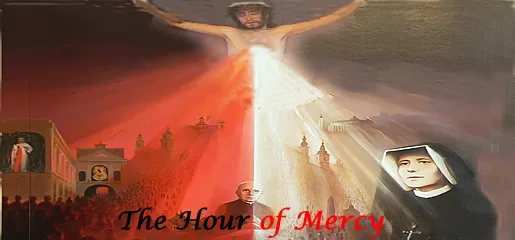
3PM HOUR OF MERCY PRAYER
Read More: 3PM HOUR OF MERCY PRAYER3PM HOUR OF MERCY PRAYER V: You expired Jesus, but the source of life gushed forth for souls, and the ocean of mercy opened up for the whole world. All: O Fountain of Life, unfathomable Divine Mercy, envelop the whole world and empty Yourself out upon us. V: O Blood and Water which gushed…
-
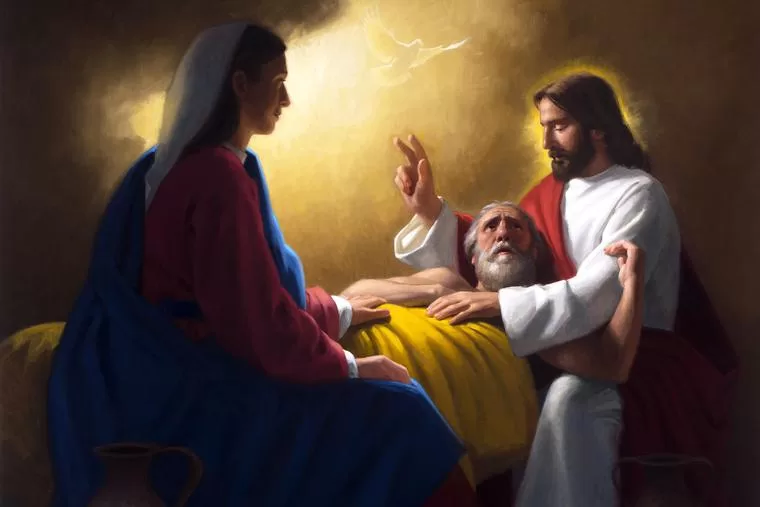
Where did St. Joseph die?
Read More: Where did St. Joseph die?By Aleteia St. Joseph is widely known as the patron saint of a “happy death,” but do we even know where he died? The Bible does not give us much information about St. Joseph, aside from a few verses that explain what he did in Jesus’ early childhood. After Jesus’ childhood, it is not certain…
Search
Popular Posts
-
🙏 A New Chapter Begins: Supporting Pope Leo XIV with Prayer and Hope | W/ Daniel O’Connor
“Give the new pope a break and support him with your prayers.”–…
-
Possible Candidates for The Next Pope!
Some Candidates for the New Papacy Today we will share with you…
Categories
Archives
Tags
#Miracles (102) 2023 (4) 2024 (4) approved miracles (2) catholic (141) catholic blog (375) catholic meditations (7) catholic miracles (371) catholic motivation (2) catholic news (371) catholic prayers (4) CatholicSeers (359) catholic vlog (375) catholic websites (6) Eucharistic miracle (2) fr jim blount (3) GisellaCardia (11) hamas (3) imitation of christ (2) Israel (4) israel live (5) Israel news (9) jesus (3) jesus christ (4) Latest messages (11) lent 2023 (10) lent 2024 (4) lent homily (2) lent retreat (4) lent retreat 2023 (3) Lourdes (2) messages from god (6) MessagesFromHeaven (364) miracles of catholic church (2) mother and refuge (2) ourlady (325) OurLadyApparitions (22) our lady of lourdes (2) Pope (2) POPE francis (3) pope francis news (2) prayers (3) real miracles (356) sacred heart of jesus (2) The Miracles of Lourdes (2)


